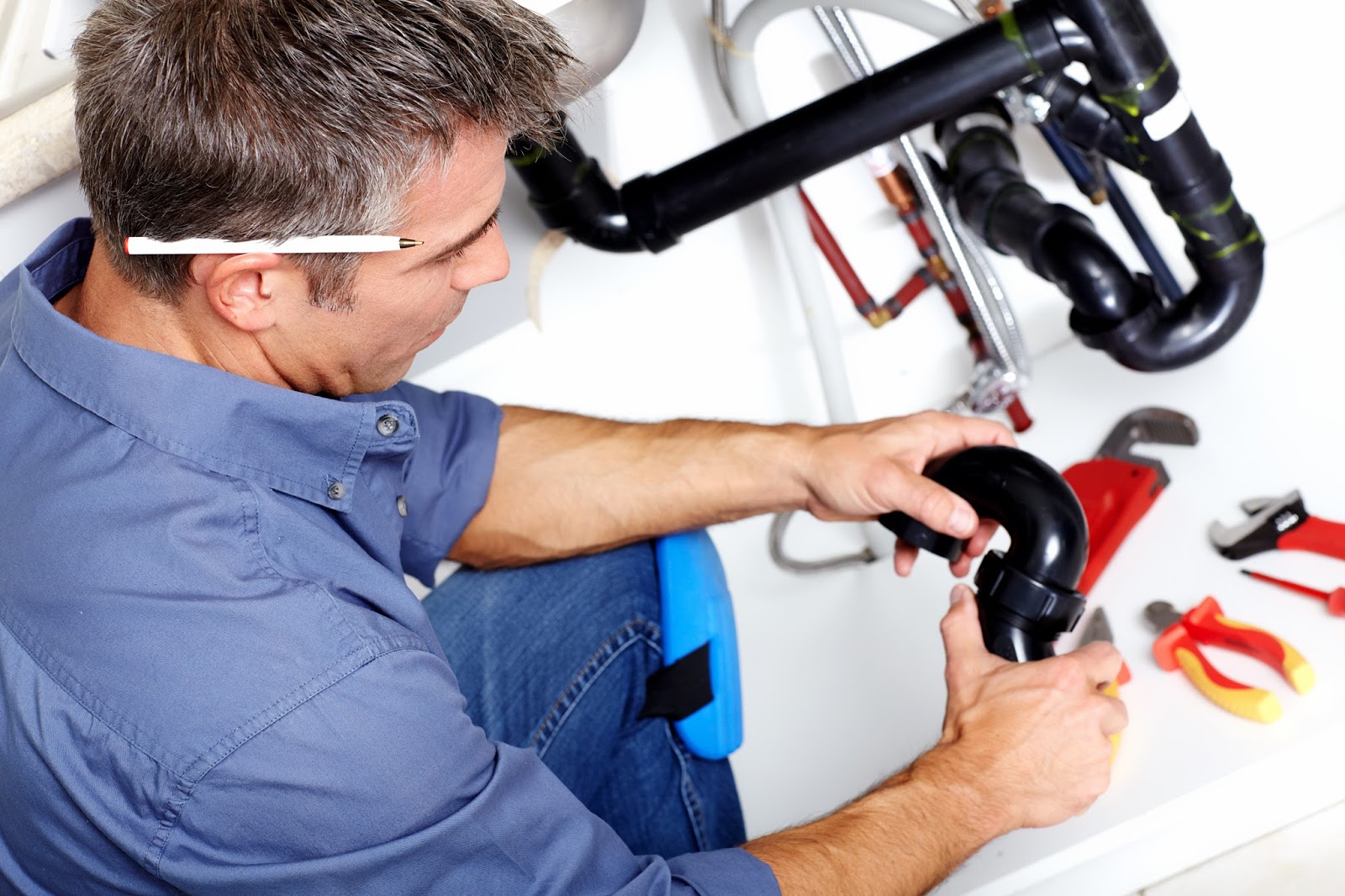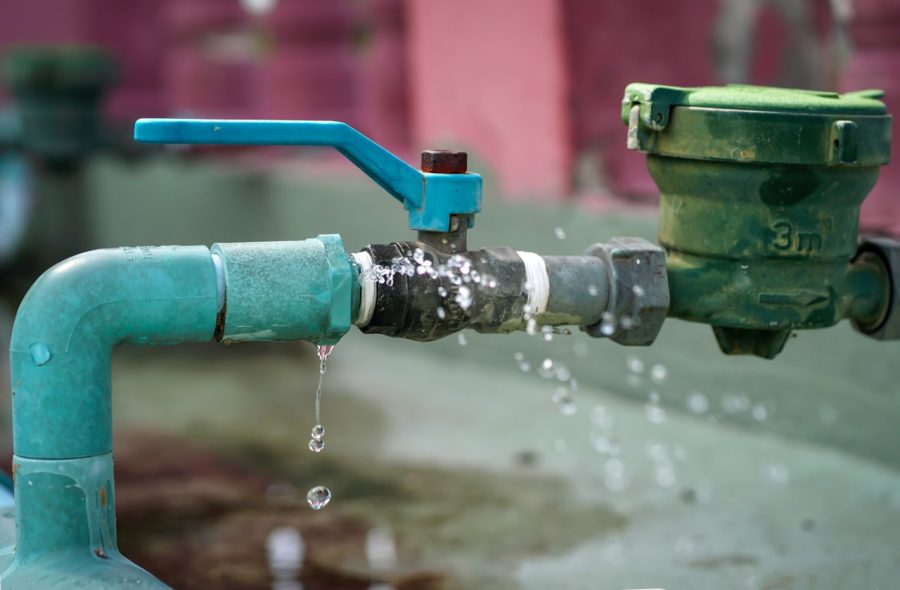Useful Advice for Dealing with Plumbing Issues in Older Homes
Useful Advice for Dealing with Plumbing Issues in Older Homes
Blog Article
The content below relating to Main Plumbing Issues Found in Old Houses is rather entertaining. Don't skip it.

Older homes often come with charm, personality, and background, however they can likewise bring a host of plumbing problems. Whether you're taking care of aging pipes, low water stress, or leakages, knowing exactly how to attend to these common problems is crucial to preserving a safe and practical home. In this overview, we'll explore the typical plumbing challenges encountered by older homes and provide practical solutions to maintain your plumbing in leading shape.
Comprehending Common Pipes Issues
Aging Pipelines
One of one of the most usual concerns in older homes is aging pipelines. Depending upon the era in which your home was built, the pipes may be made from materials that have worn away over time, such as galvanized steel, cast iron, or even lead. These materials can corrode, end up being weak, or develop leaks, causing water damage and possible carcinogen.
Low Water Pressure
If you're experiencing low tide stress, maybe because of mineral deposits, rust inside the pipelines, or old components that are no longer working efficiently. This can be a significant hassle, particularly in locations like showers and sinks.
Dripping Pipelines
Leakages are one more frequent issue in older homes, commonly brought on by rusty or damaged pipelines. Also tiny leakages can lead to significant water damage, mold growth, and raised water bills otherwise addressed without delay.
Outdated Components
Obsolete plumbing components such as taps, toilets, and showerheads not only look old but might additionally be much less reliable, vulnerable to leakages, or inappropriate with contemporary pipes criteria.
Pipeline Deterioration
Deterioration is an usual trouble in older pipelines, particularly those made from galvanized steel or actors iron. Rusty pipelines can limit water flow, trigger discoloration, and ultimately cause leaks or pipe bursts.
Evaluating the Condition of Your Pipes
Inspecting Visible Pipelines
Beginning by checking any type of visible pipes in your home, such as those in basements, crawl spaces, or under sinks. Try to find indications of corrosion, leaks, or corrosion, which can suggest underlying concerns.
Looking for Leaks
Check for leakages by checking areas around faucets, toilets, and under sinks. You can also check your water meter before and after a period of no water make use of to identify hidden leakages.
Water Quality Testing
Older pipelines can impact the quality of your water. Conduct a water top quality test to look for pollutants such as lead, rust, or various other pollutants that may be presented by maturing pipes.
Solutions for Usual Plumbing Issues
Changing Aging Pipes
If your home has old, deteriorating pipes, take into consideration replacing them with modern products like copper or PEX. This can be a significant financial investment, however it will protect against future problems and improve the safety and security and dependability of your pipes system.
Taking Care Of Low Water Stress
To take care of low water stress, start by cleansing or replacing old components and removing mineral build-up in the pipes. If the trouble persists, it might be necessary to change areas of corroded pipelines.
Repairing and Replacing Dripping Pipes
For tiny leaks, you can use pipeline clamps or epoxy putty as a temporary solution. Nonetheless, it's ideal to replace dripping pipes completely to stay clear of further damages.
Upgrading Fixtures
Upgrading old components to modern, water-efficient designs can boost your home's plumbing performance and decrease water intake. Look for components with the WaterSense tag for the best effectiveness.
Managing Pipeline Deterioration
If your pipes are rusted, changing them with corrosion-resistant products like copper, PVC, or PEX is the best service. Normal evaluations and water high quality upkeep can help avoid additionally deterioration.
When to Call an Expert
While some pipes concerns can be managed with do it yourself solutions, there are times when it's best to employ a professional. If you're managing major leakages, considerable deterioration, or are unsure about the condition of your pipes, a certified plumbing professional can provide expert assessment and repair work.
Preventive Upkeep Tips
Normal Inspections
Routinely examine your plumbing system for signs of wear and tear. Capturing concerns early can stop pricey fixings down the line.
Water Stress Law
Guarantee your water stress is within the advised array to avoid emphasizing your pipelines and components. A plumbing professional can mount a pressure regulator if required.
Water Top Quality Upkeep
Set up water filters or softeners if your water quality is poor. This can secure your pipes and fixtures from damages brought on by tough water or pollutants.
Positive Pipeline Replacement
If your home has very old pipelines, think about positive replacement prior to significant concerns occur. This can save you from emergency situation fixings and water damages.
Final thought
Handling pipes problems in older homes needs a mix of alertness, precautionary maintenance, and prompt upgrades. By recognizing the usual obstacles and understanding when to seek specialist help, you can guarantee your pipes system remains useful and trusted for many years to come.
Common Plumbing Problems in Older Homes
Older homes have a ton of character from the antique brass faucets, clawfoot tubs, and colorful tile to the Dutch doors, transom windows, and archways, there s a lot to love. Unfortunately, that character often includes old plumbing that s past its prime and isn t fit to support modern appliances.
If you own an older home and are suspicious about strange noises (ghosts?), smells, leaks, or frequent clogs in your plumbing, it's possible that your home s old age is to blame.
Learn more about the most common old house plumbing problems, and what can be done to fix them!
What Are the Most Common Plumbing Problems in Old Houses?
Old, corroded piping. Most older pipes are made of material that corrodes and rusts more easily. Even if over the years some of that piping was replaced with better material, the rest may be damaged or repaired with lower-quality material. Though expensive, it may be the best option to re-pipe your plumbing especially if there s rust or lead in your water. Slow drains. This could be the result of many issues, but most likely because of pipe bellies. These are sags in your drainpipes that happen as your home settles and shifts downward over time, putting pressure on your pipes and creating negative slopes. This can restrict water from flowing correctly through them and result in slow drains. Frequent clogging. As you might expect, pipe bellies can also lead to frequent clogging. Another reason for clogging could be due to buildup over time, or blockages from sediment and root growth. Scheduling a drain inspection and drain unclogging service can eliminate this issue. Damaged or failing sewer lines. Old homes are more likely to have foundational shifts and tree root overgrowth. This can put a lot of pressure on and in your sewer lines, leading to damage. Another common reason for failed sewer lines is because of modern appliance upgrades. Newer appliances put more strain on sewer lines, and if your old pipes aren t equipped to handle this, it can result in damage. If you have any wastewater backup, slow drains, or soft spots in your yard, you may need sewer line replacement. Worn or outdated fixtures. Plumbing fixtures old or new aren t built to last forever. Even if your fixtures seem like they re working well, it s best to check the wear on any internal parts. Minor wear and tear over time can lead to more costly leaks and plumbing issues. Our experts can perform a plumbing inspection for any part of your home s plumbing. Improper installations or repairs. Whether your plumbing was installed a hundred years ago, installed incorrectly, repaired incorrectly, or repaired with outdated materials, this can affect the long-term stability of your plumbing. In older homes especially, having your plumbing inspected is vital to preventing damage. What Are Old Plumbing Pipes Made Of?
Galvanized steel. Most often used between the 1930s and the 1980s, this piping material was discovered later in the 1990s to be prone to rust and corrosion, releasing lead into the water, which is dangerous to consume. Copper. Most homes built around the 1960s are likely to have copper piping. Unlike galvanized steel, copper is one of the most durable materials for plumbing pipes. The issue with this material is the risk of lead, which could be present in the piping itself or the solder applied to the joints and fittings. PVC. This material is still used today and was often used in older homes where piping was replaced because it was easy and inexpensive to install. PVC is also very durable, lead-free, resistant to rust and corrosion, and handles high water pressure well. The downside is that hot water can make it warp. How to Fix Plumbing Problems in Old Homes
Have your plumbing inspected. Before you begin or schedule any type of repair, schedule a plumbing inspection. An expert will be able to properly identify all the issues in your plumbing and the best solution to avoid further damage. Get your plumbing repaired or replaced as needed. Depending on the issues found with your plumbing, you may need minor repairs or larger replacements. Make sure these issues are addressed before you tackle any smaller issues. Remove any clogs or buildup. It s likely your old pipes are clogged with debris, mineral buildup, hair, tree roots, and more. Having your drainpipes cleaned will improve overall drainage and help prevent future leaks. Replace old fixtures. Before replacing any fixtures, check with your local plumber first. Not only can new fixtures strain your old plumbing pipes, but installing them incorrectly can lead to costly damage.

As a devoted person who reads on Common Plumbing Problems in Older Homes, I figured sharing that piece of writing was smart. For those who enjoyed our post if you please make sure you remember to pass it around. Thank you for being here. Please check up our site back soon.
Call Today Report this page